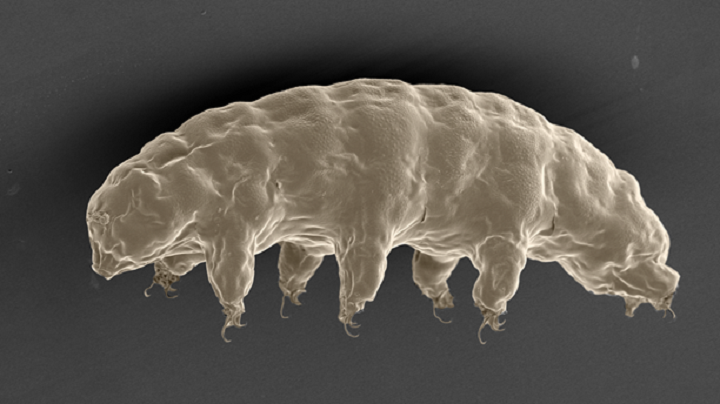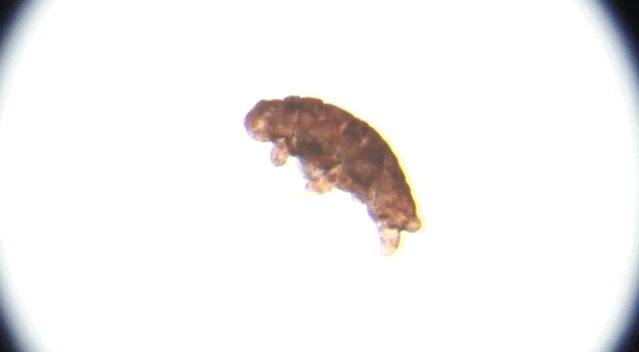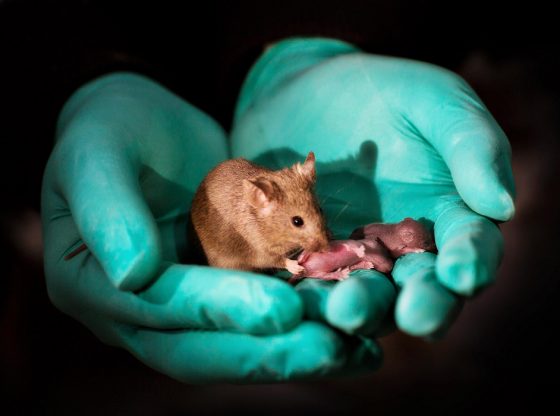A protein that protects one of the most resistant species from damage by radiation has been found by Japanese researchers. They now hope that this discovery will be able to protect people as well.

Tardigrades are microscopic animals known to withstand very harsh environmental conditions. For example, dehydration over a long period, extreme temperatures, and intense radiation.

Studies have shown that they can withstand temperature ranges from 1 K (−458 °F; −272 °C) (close to absolute zero) to about 420 K (300 °F; 150 °C), pressures about six times greater than those found in the deepest ocean trenches, ionizing radiation at doses hundreds of times higher than the lethal dose for a human, and the vacuum of outer space.
How these remarkable micro-animals manage to tolerate these extreme conditions that would be deadly to most animals remains largely a mystery.
Now, Japanese scientists have mapped the genome and found a unique protein that appears to protect the tardigrade DNA from radiation.
“Tolerance against X-ray is thought to be a side-product of [the] animal’s adaptation to severe dehydration,” says lead study author Takekazu Kunieda, a molecular biologist at the University of Tokyo.
This protein also gave increased protection against radiation in cultured human cells. The discovery, therefore, raises hope for medical uses, as to reduce damage in patients who will undergo some form of radiation therapy.
Reference:
Takuma Hashimoto et al. Extremotolerant tardigrade genome and improved radiotolerance of human cultured cells bytardigrade-unique protein. Nature communications, 20 September 2016. DOI: 10.1038/ncomms12808











![OpenAI. (2025). ChatGPT [Large language model]. https://chatgpt.com](https://www.illustratedcuriosity.com/files/media/55136/b1b0b614-5b72-486c-901d-ff244549d67a-350x260.webp)
![OpenAI. (2025). ChatGPT [Large language model]. https://chatgpt.com](https://www.illustratedcuriosity.com/files/media/55124/79bc18fa-f616-4951-856f-cc724ad5d497-350x260.webp)
![OpenAI. (2025). ChatGPT [Large language model]. https://chatgpt.com](https://www.illustratedcuriosity.com/files/media/55099/2638a982-b4de-4913-8a1c-1479df352bf3-350x260.webp)








